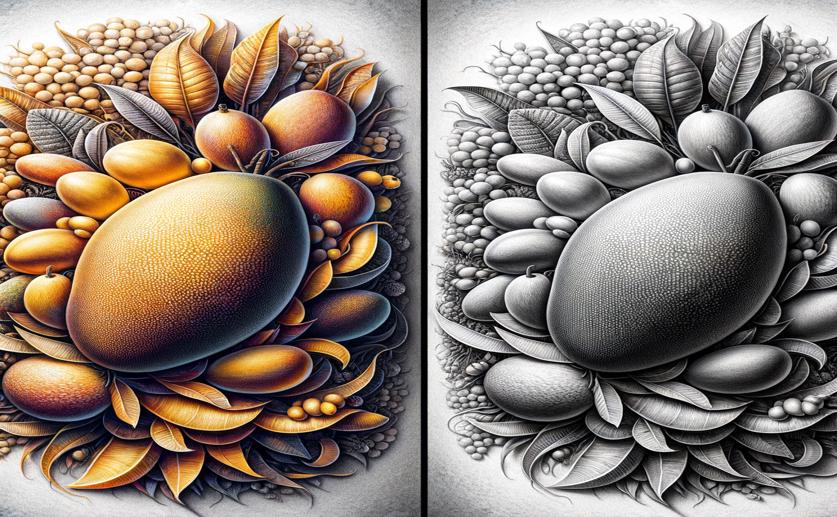
Exploring the Traits of Two Popular Mango Varieties
Greg Howard
31st March, 2024

Image Source: Natural Science News, 2024
Key Findings
- In Egypt, a study analyzed two mango cultivars, 'Keitt' and 'Ewais', using genetic and physical traits
- One 'Ewais' mango was found to be genetically different from its group, suggesting it's a different cultivar
- The SCoT marker technique was more effective than ISSR in identifying genetic differences in mangoes
GeneticsPlant ScienceAgriculture
References
Main Study
1) Molecular, morphological, palynological and biochemical characterization of six accessions of two Mangifera indica L cultivars (Keitt and Ewais) native to Egypt
Published 30th March, 2024
https://doi.org/10.1007/s10722-024-01939-y
Related Studies
2) A Comparative Metabolomics Approach for Egyptian Mango Fruits Classification Based on UV and UPLC/MS and in Relation to Its Antioxidant Effect.
3) Start codon targeted polymorphism for evaluation of functional genetic variation and relationships in cultivated peanut (Arachis hypogaea L.) genotypes.
4) Pollen wall development in mango (Mangifera indica L., Anacardiaceae).
5) Chemical Composition of Mango (Mangifera indica L.) Fruit: Nutritional and Phytochemical Compounds.



 24th March, 2024 | Greg Howard
24th March, 2024 | Greg Howard